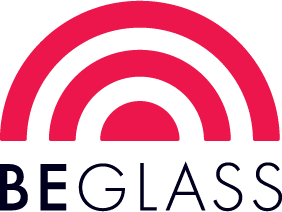Overview
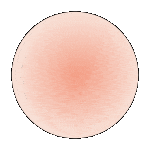
Striker
This style may not reveal (strike to) its target color until fired.
Reactive Potential
Contains: Lead (Pb)
May React With: Selenium (Se) / Sulfur (S)
Forms of Glass
Sheet Glass (-0030, -0050), Frit (-0001, -0002, -0003, -0008) and Rod (-0576)
Detailed Information
About 001215 Sheet Glass
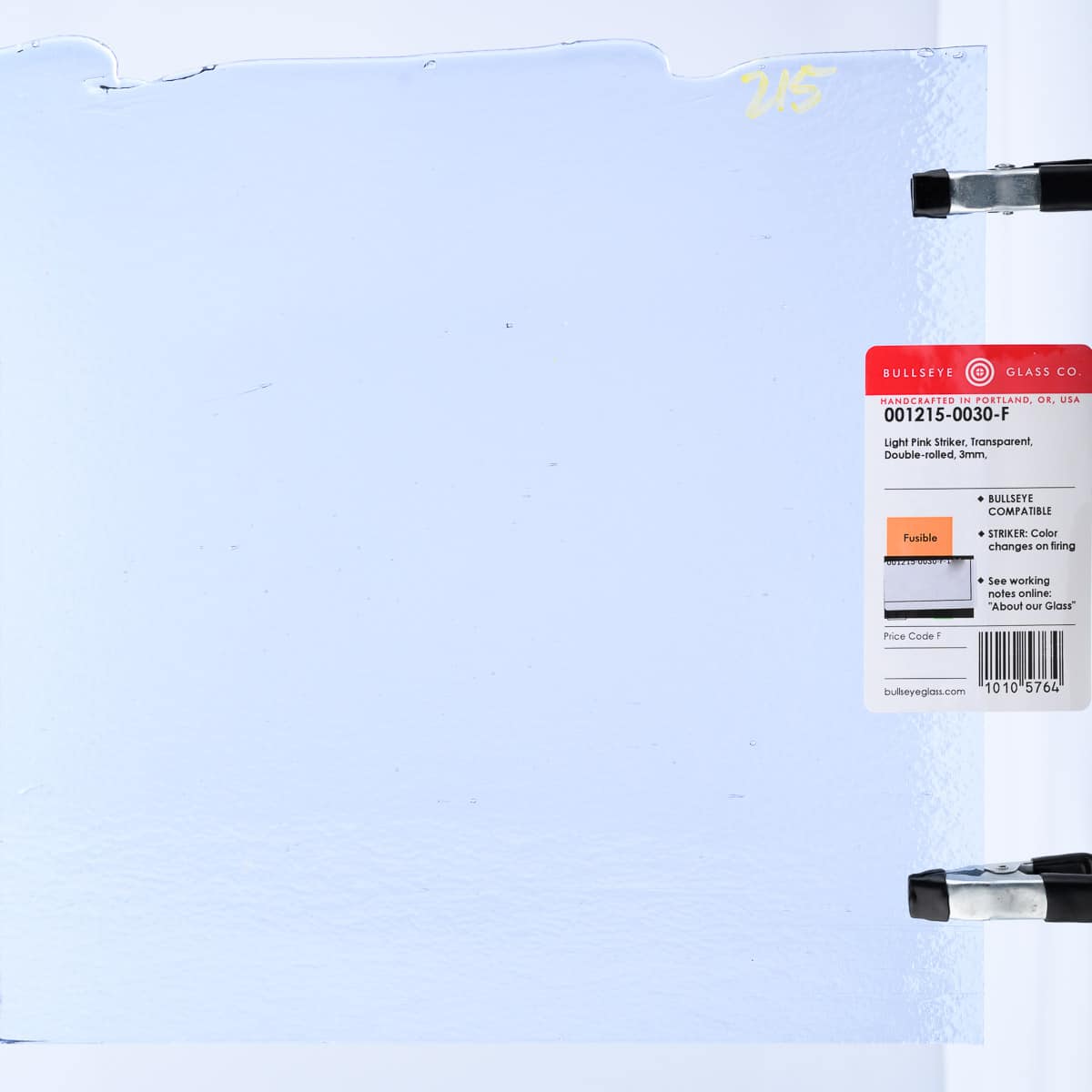
Cold Characteristics
Varies from lighter to darker; sometimes with lighter dappling in single-rolled sheets. Generally lighter and slightly more blue/pink than Cranberry Pink Transparent (001311).
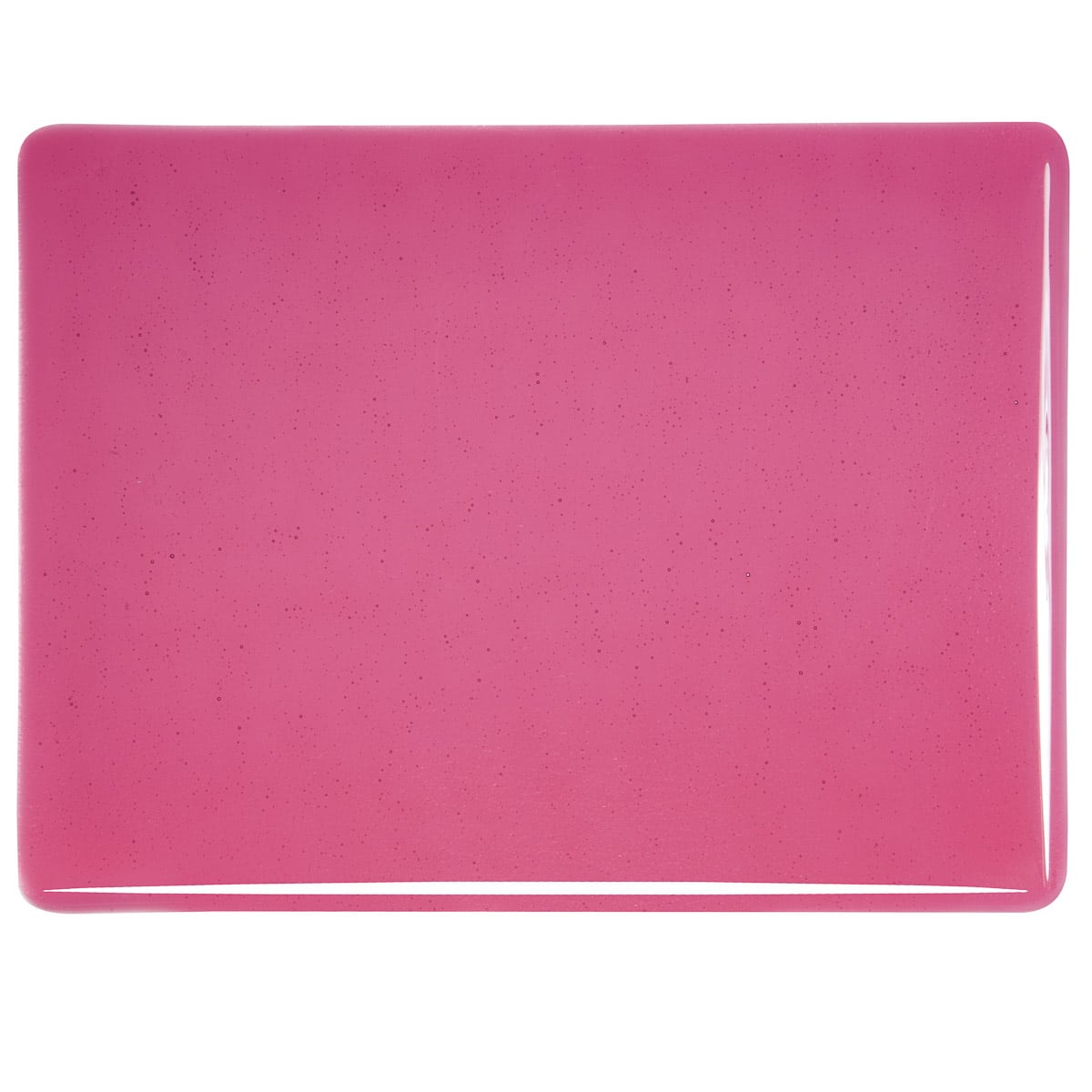
Working Notes
Color usually deepens on firing. Possible dark interface reaction with selenium and/or sulfur glasses (000137, 001122, 001125, 000124, 000125, 001137, 001437). Less viscous (softer) than most other glasses. Some gold-bearing striking glasses, like this one, should be fired with a 2 hour hold at 1225°F during the initial stages of the firing cycle. If fired without this hold, they may not strike at all, or they may strike but appear spotty and have a blue-brown cast, as opposed to the desired target color. Know Your Gold Hold
Fusible / Bullseye Compatible
This full-fuse schedule effectively strikes these glasses:
| RATE | TEMPERATURE | HOLD TIME |
|---|---|---|
| * | 1225ºF | 2:00 |
| 600ºF | 1490 | 0:10 |
| 9999 | 900 | ** |
**Remainder of cycle depends on the thickness of the piece. Consult the Bullseye Annealing Chart. For color-sensitive projects, we recommend testing the cycle you plan to use by fusing a small sample of a similar setup in the same kiln as the project to best predict final color results.
About 001215 Frit
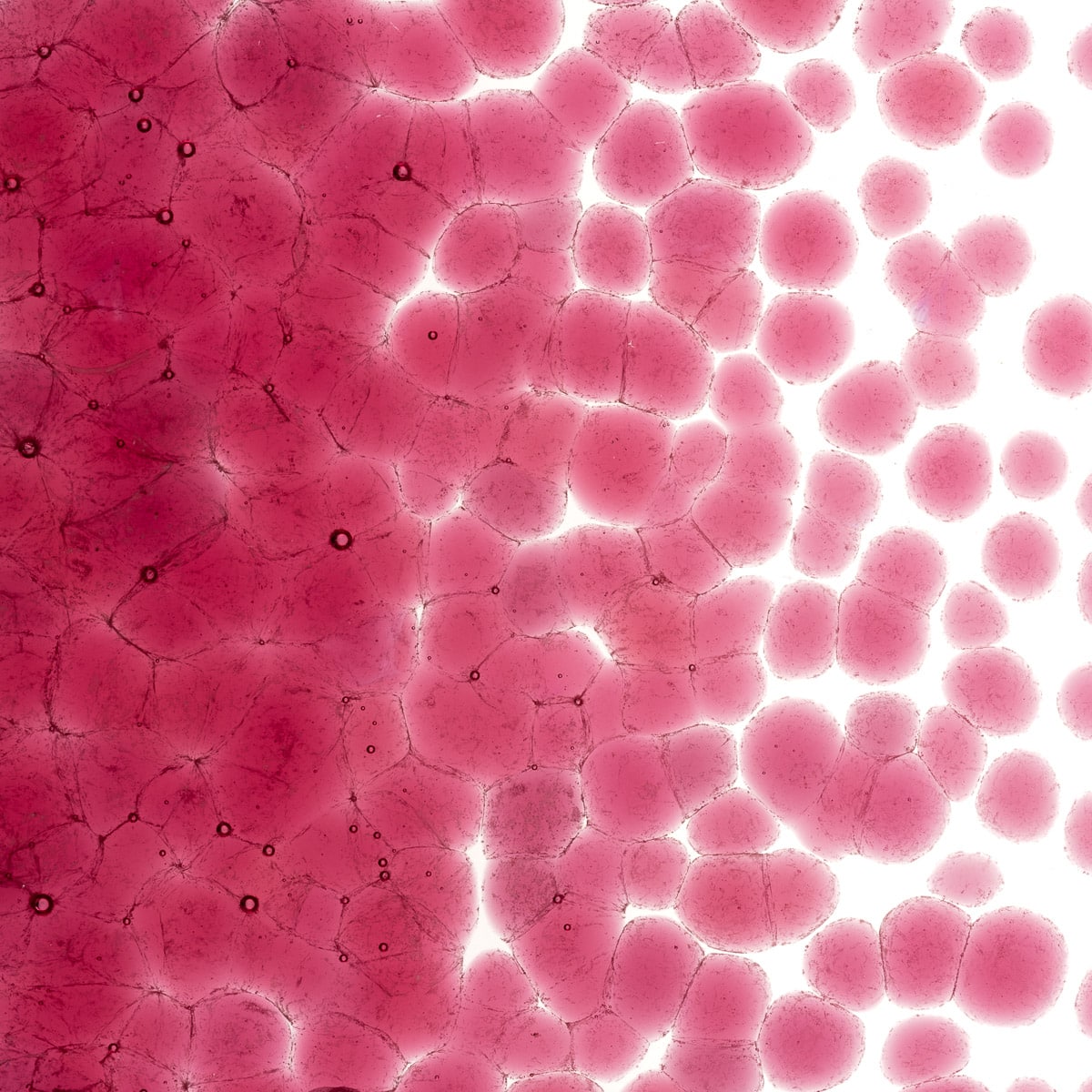
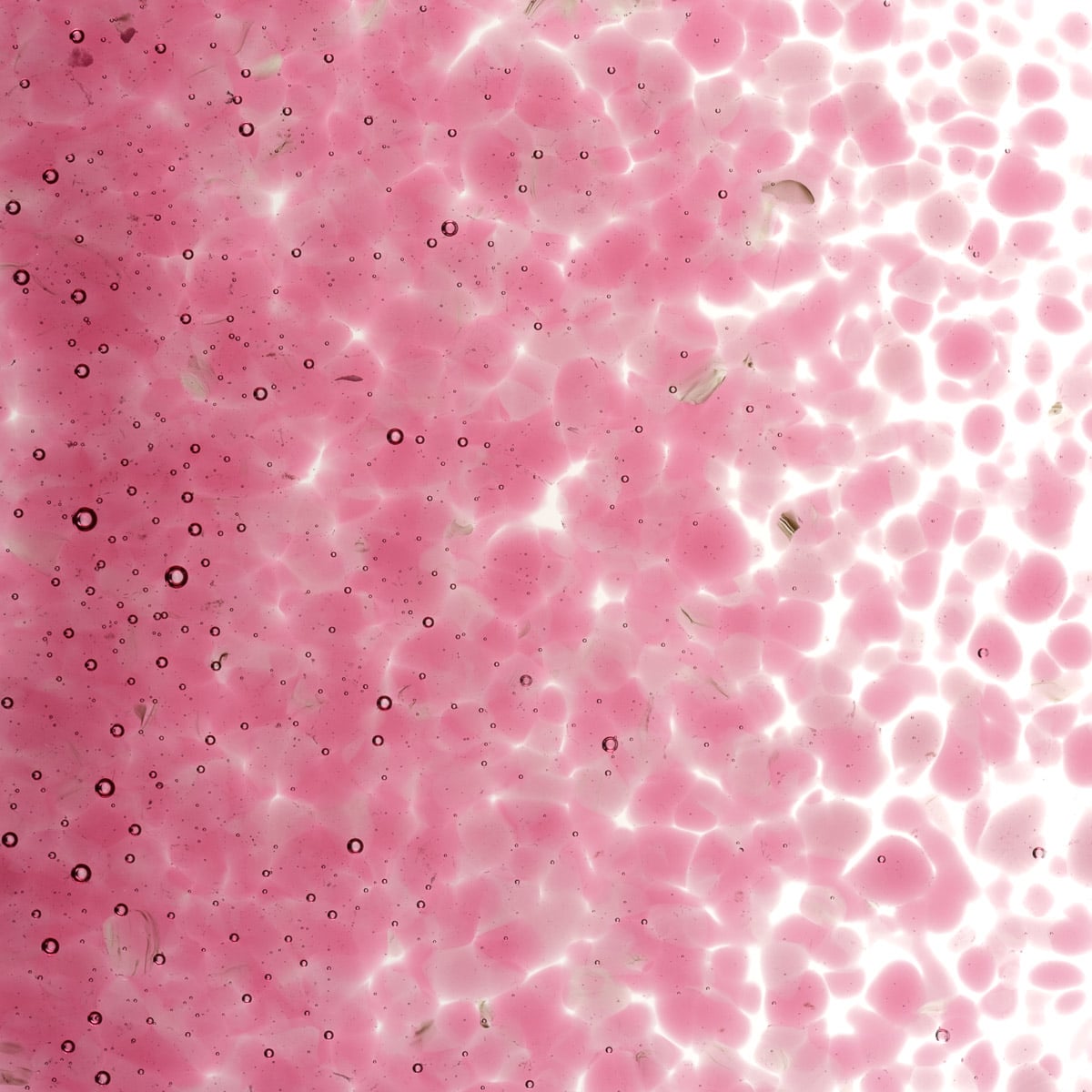
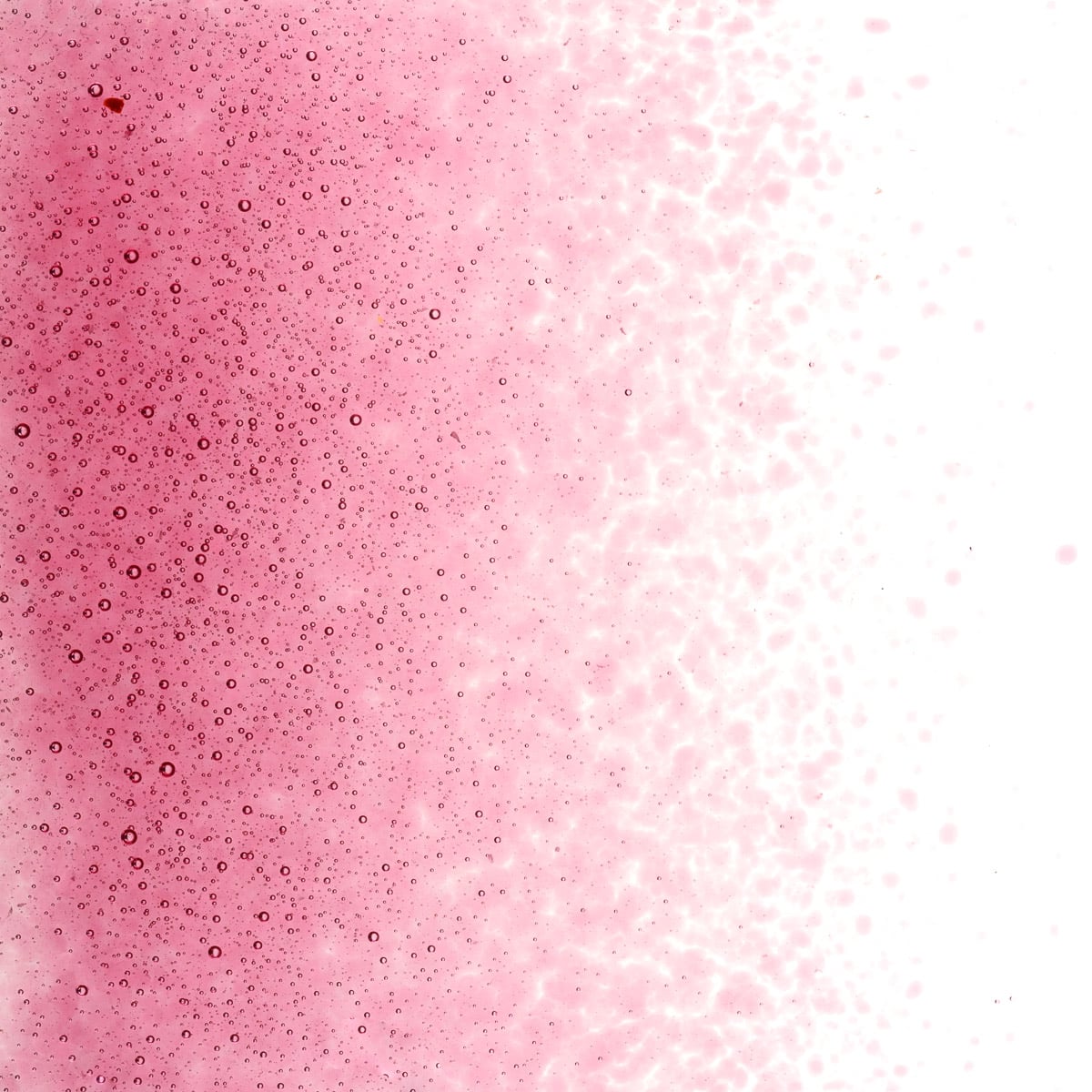
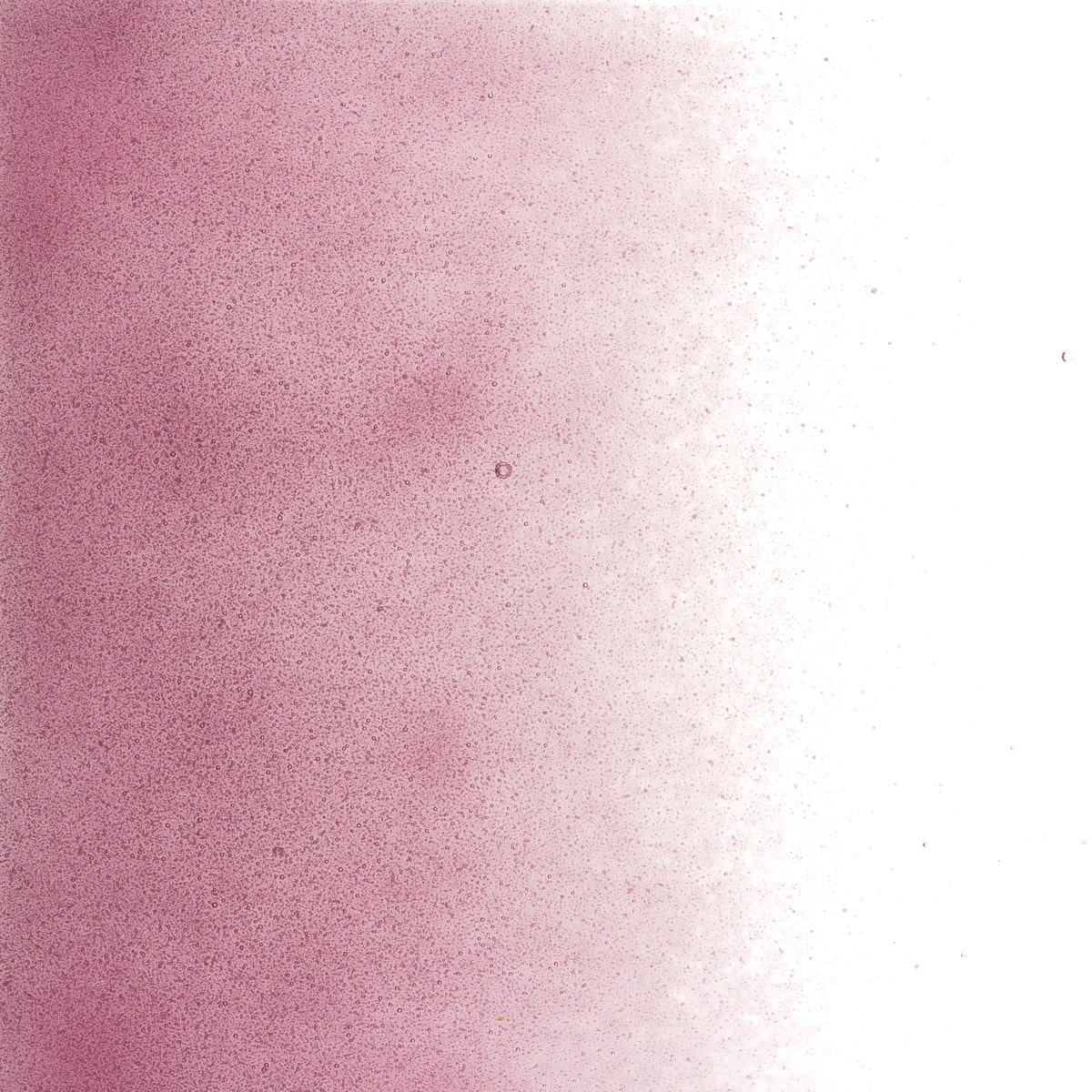
Working Notes
See sheet glass notes for this style.
About 001215 Rod*
Cold Characteristics
Pale transparent blue to lavender. In some lighting may look similar to Neo-Lavender Shift (001442-0576), Cranberry Pink Transparent (001311-0576), and Cranberry Sapphirine Transparent (001342-0576).
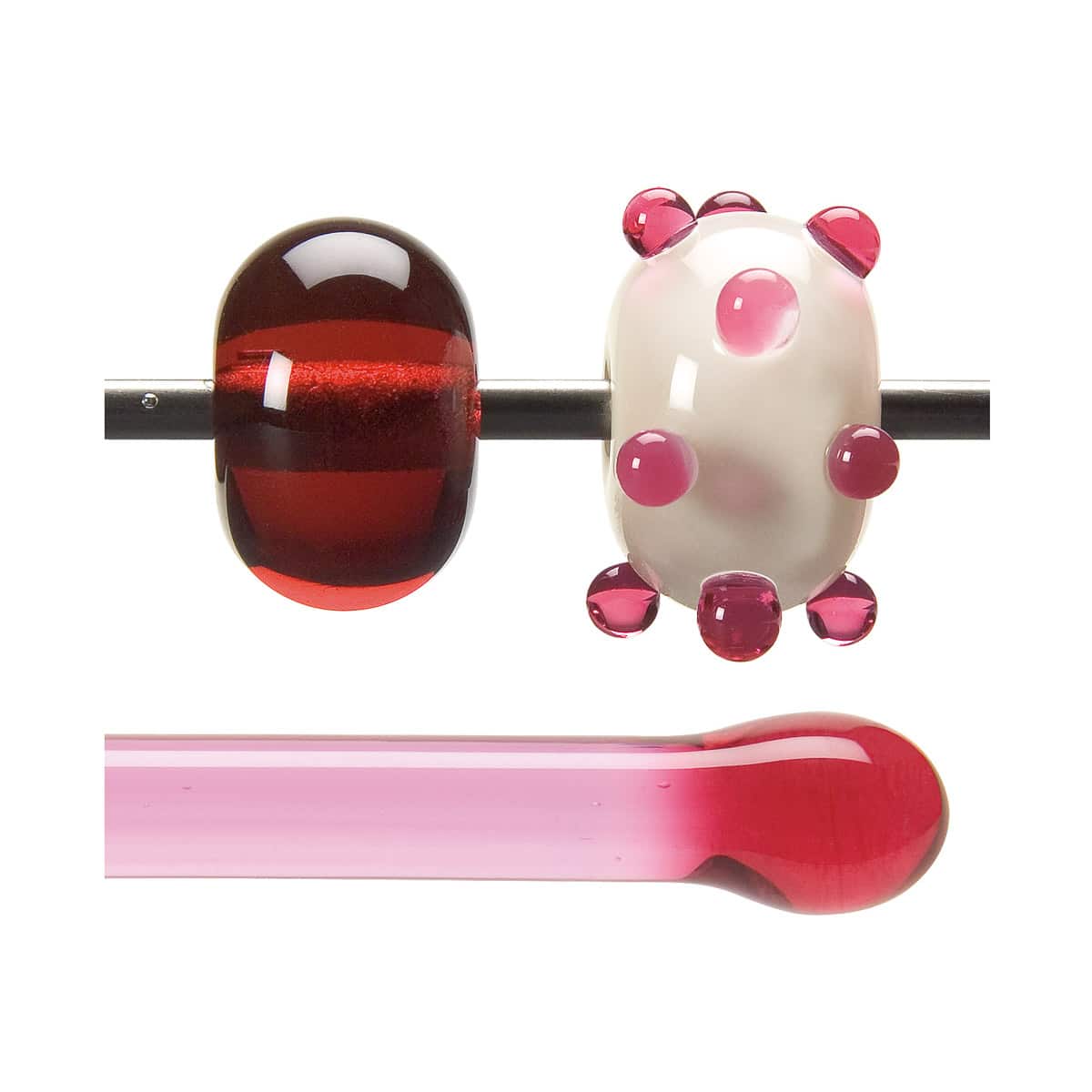
Working Notes
Torch: 001215-0576 strikes to a transparent pink in the flame. Work in a cooler, oxidizing atmosphere. May develop a light brown color on the surface of the glass if worked in the presence of too much propane (or fuel). Light Pink strikes more reliably in larger applications, such as a core bead.
Kiln: A linear, streaked design may develop upon firing and may be visible whether fired lengthwise or on end. Hue and saturation may also differ slightly when compared to sheet glass; a wider range is accepted due to changes that occur in the forming process.
See Working Notes under Sheet Glass tab for additional firing information.
Other: The resulting light pink is more transparent than torchworked sheet glass of the same style (001215-50, 001215-30). Consider encasing with clear to protect the surface from developing a light brown color in the hotter, neutral flame chemistry that you would use for most other styles. We advise labeling all striking glasses.
*Rod discontinued in 2017
